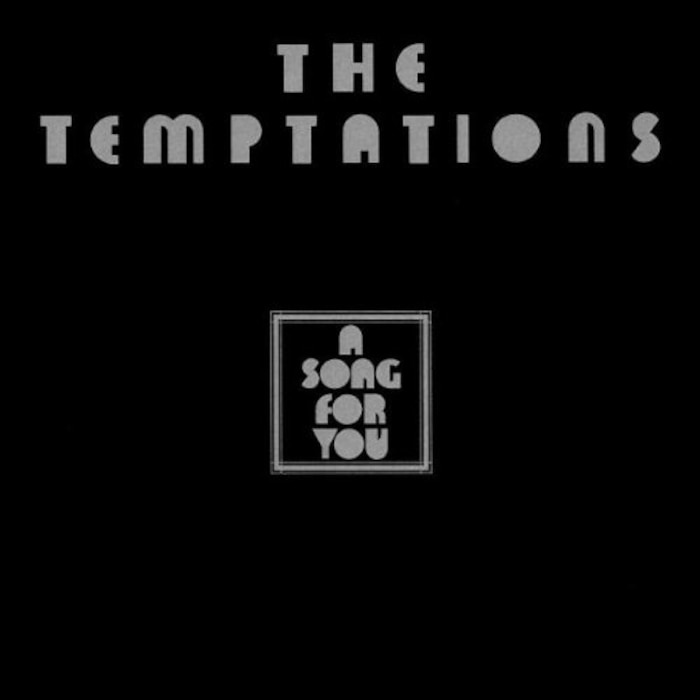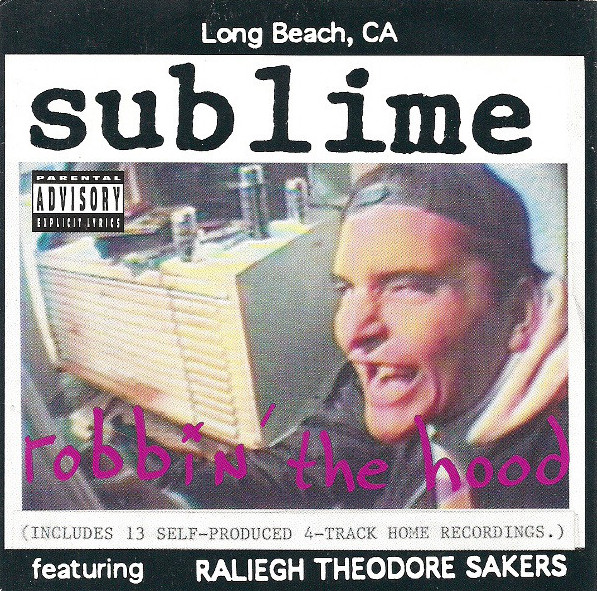The Weird One: The Temptations’ “A Song For You”
Sam Backer on the Motown group’s unlikely reinvention
The Weird One is an irregular column on RBMA Daily in which a writer takes a look at an outlier in a band’s catalogue. Album, single, movie role: This column celebrates the moment when a band gets weird.

When the Temptations gathered in Berry Gordy’s Malibu beach house in 1974 to begin work on their album A Song For You, they were already over 20 records into a career that had taken them far from the raw doo-wop of their Detroit origins. Signed to Motown in 1961, the Temptations were shepherded to the top of the charts by the songwriting genius of Smokey Robinson (who delivered them hits like “My Girl”) and then, after 1967, by producer Norman Whitfield, who provided them with the grittier power of soul anthems like “Ain’t Too Proud To Beg.” Towards the end of the ’60s, Whitfield began to use the group as his vehicle for expanding the boundaries of Motown’s traditional style. Incorporating flower-power outfits, wah-wah guitars and rampant studio effects, Whitfield turned the group away from love songs and towards darker tracks increasingly focused on social disruption and personal pain, honing an elongated, cinematic style that came to be known as “psychedelic soul.”
A Song For You is a triumph of funk and swagger, one that reflects both Motown’s sustained ability to stay on top of pop music’s changing terrain and the Temptations’ flexibility.
However, by 1974 this once-new direction had grown stale. The Temptations, now featuring singers Damon Harris, Dennis Edwards and Richard Street alongside original members Otis Williams and Melvin Franklin, disliked the endless length and intense studio work of Whitfield’s songs. Following the symphonic bombast of 1973’s Masterpiece and 1990, both the group and producer were ready for something new. Whitefield started his own record label, while the Temptations went west, following the newly Los Angeles-bound Motown. One of the few of the label’s original hitmakers to successfully transition into the ’70s, it wasn’t obvious that the Temptations would be able to adjust their style to a still rapidly evolving musical scene. No one needed to worry.
Coming almost two years after their previous release, A Song For You is a triumph of funk and swagger, one that reflects both Motown’s sustained ability to stay on top of pop music’s changing terrain and the Temptations’ flexibility, their gift at moving with the times while still sounding like the group that had cut “My Girl” over a decade before. Free from Whitfield, the group worked on the album with a variety of songwriters, everyone from Berry Gordy (who contributed the incandescent “Glasshouse”) to label newcomers the Commodores, and P-Funk alumnus Eddie Hazel. Along with the Commodores came Jeffrey Bowen, who had produced Machine Gun, their promising first album. On that record, as well as on similar sessions for Chairmen of the Board’s 1974 release The Skin I’m In, Bowen had already begun to develop the production style that he would perfect on A Song For You. Updating the raking strings and simmering rhythms employed by Norman Whitfield without abandoning his widescreen scope or luxurious detail, Bowen introduced a more focused, hard-hitting musical style, one that could go toe-to-toe with the horn-heavy funk and proto-disco thump bubbling through the charts while referencing the driving R&B of the Temptations’ peak ’60s work. Bowen also allowed the band to return to its roots as balladeers, providing them with the kind of lush love songs for which they had first made a name while reworking the strings, horns and drums to fit with the sounds of the times.
Album opener “Happy People” serves as a storming statement of purpose for this potent synthesis. Sliding in over warm organs and paper-thin guitars, the track explodes into a four-on-the-floor stomp surrounded by squirming bass lines and stacked vocals. While the tight horns are straight out of the Commodores’ playbook – unsurprising given that they play on the track – they lock and groove in the service of a major key tunefulness that is vintage Temptations sugar. This party-hearty mood continues on “Glasshouse,” which unfurls its tales of “pill-popping, bar-hopping, wife-swapping” over ultra-tight funk bass, rolling horns and a wordless chorus that leans heavily on the soul anthems of Sly & the Family Stone. But while “Glasshouse” or the Eddie Hazel-penned stinger “Shakey Ground” borrow wildly from contemporaries like Sly, George Clinton or Isaac Hayes, they consistently manage to make these sounds their own. Part of this is due to the presence of the Funk Brothers, who perform with predictably sparkling precision. Some of it is also the Temptations themselves. Polished by years of touring and recording, the group was capable of anything from tricky five-part harmonies to roaring leads. Once again able to record the kind of songs they personally preferred, they responded by turning in a remarkable set of vocal performances.
While a large part of the success of A Song For You is the joy of hearing singers as facile as the Temptations set loose on a set of ’70s-style disco and lush, slow-burning ballads, that pleasure is expanded by the sheer, almost giddy strangeness of many of the album’s production decisions. Putting aside entirely “The Prophet,” a bonkers Lawrence of Arabia-meets-Superfly tribute to Khalil Gibran, or “I’m A Bachelor,” a echo-laden complaint about the single life that squeezes an over-the-top drama from baritone vocals and layered strings, this charm is best found in a set of tiny moments that suddenly burst out of seemingly normal songs. Take the breakdown of “Glasshouse,” when liquid guitars, restrained in the background for most of the track, suddenly emerge for a dizzyingly intricate rhythm lick that sounds more Talking Heads than James Brown, or the random inclusion of a wistful, reverb-drenched saxophone solo in the midst of the otherwise uptempo “Shakey Ground.” The same kind of moment also dominates the album’s ballad-heavy second half. “Memories” enters on a billowing cloud of strings as the group sings about winding “like a spiral stair through time,” exploding into a chorus of Sgt. Pepper cellos and surround-sound harmonies before retreating to a bath of gurgling synthesizers. Similarly, “Firefly” fuses an old-school ballad to wildly-panning jazz keyboards meant to evoke the insects of the title. Remarkably, both ballads genuinely work, conjuring a smooth beauty easily as convincing as the funk that dominates the album’s early tracks.
Fans of the Temptations thought so as well. Both “Shakey Ground” and “Happy People” went to #1 on the R&B Charts, while “Firefly” and “Memories” would stay in the group’s live set for years. Unfortunately, the magic didn’t last — Damon Harris was fired by the group during recording, and Motown followed up the album with the lackluster House Party. Frustrated, the Temptations soon left the label, and would never have another Top 20 hit. Perhaps it was inevitable — musical groups have a limited lifespan, and by 1975 the Temptations had been chart-toppers for well over a decade. And yet, with A Song For You, the group had not only managed to reconnect with their early sound, but bring it in conversation with an entirely new musical generation. In the process, they created their own remarkably distinctive version of what the ’70s sounded like, fusing the sweetest ballads and the sharpest guitar with a gonzo experimentalism all their own. There should have been more.

